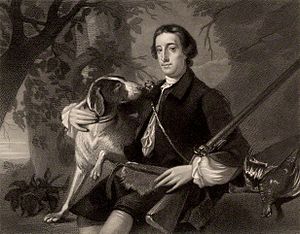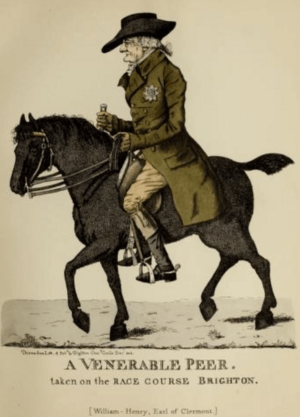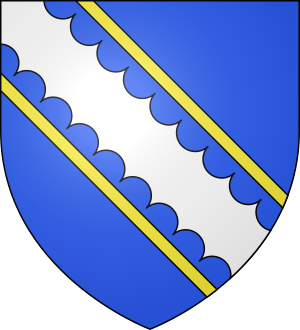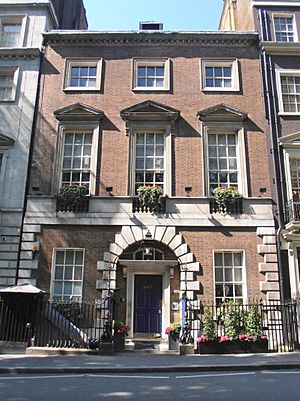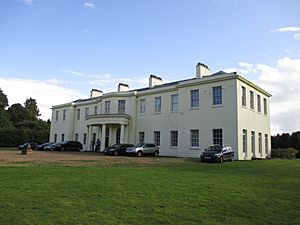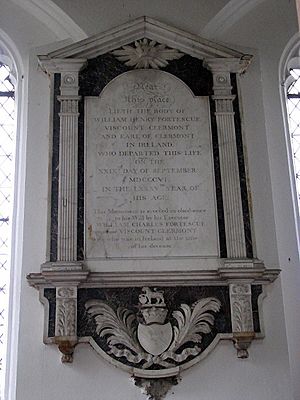William Fortescue, 1st Earl of Clermont facts for kids
William Henry Fortescue, 1st Earl of Clermont (born August 5, 1722 – died September 30, 1806), was an important Irish nobleman and politician. He was also a Knight of the Order of St Patrick.
Contents
Early Life and Family
William Henry Fortescue was the oldest son of Thomas Fortescue. His father was a Member of Parliament, which means he was elected to help make laws. William's younger brother, James Fortescue, also became a Member of Parliament.
His Work in Politics
William Fortescue had a long career in Irish politics.
- In 1746, he served as the High Sheriff of Louth. This was an important local role.
- He was a Member of Parliament for County Louth from 1745 to 1760.
- Later, he represented Monaghan from 1761 to 1770.
- In 1775, he became the Governor and Custos Rotulorum of County Monaghan. These were roles that helped manage the county. He held these jobs until just before he passed away.
- In 1777, he was given the title of Earl of Clermont. This made him a very high-ranking nobleman.
- He also became a Knight Founder of the Order of St Patrick in 1795. This is a special honor in Ireland.
- William Fortescue loved French culture. It is thought that he chose the name "Clermont" for his earldom because of this.
Interests and Homes
William Fortescue was very interested in horseracing.
- His racing colors were all crimson (a deep red).
- People in racing often called him the Father of the Turf. This means he was a very respected and important person in horse racing.
- He even won the famous Derby race with his horse named Aimwell.
He owned a large country estate in Norfolk, England. His home in London was a grand townhouse at 44 Berkeley Square in Mayfair. This house later became a famous gambling club called the Clermont Club.
Family Life
William Fortescue married Frances Cairnes Murray. She was the daughter of Colonel John Murray, who was also a Member of Parliament. William and Frances had one daughter:
- Louisa Fortescue
Later Life and Legacy
William Henry Fortescue passed away at the age of 85 on September 29, 1806, in Brighton. He was buried at Little Cressingham Church in Norfolk. This church was near his country home, Clermont Lodge (now Clermont Hall).
Since he did not have any sons, his main titles, the earldom of Clermont and his 1770 barony, ended when he died. However, his other titles, the viscountcy and 1776 barony of Clermont, were passed on to his nephew, William Charles Fortescue.
Memorial
There is a special memorial on a wall in St Andrew's Church in Little Cressingham. It remembers Lord Clermont and says:
- Near this place lies the body of William Henry Fortescue Viscount Clermont, and Earl of Clermont in Ireland, who passed away on September 29, 1806, at 85 years old. This memorial was put here because he asked for it in his will, by his executor William Charles Fortescue, who is now Viscount Clermont. William Charles was in Ireland when he died.


